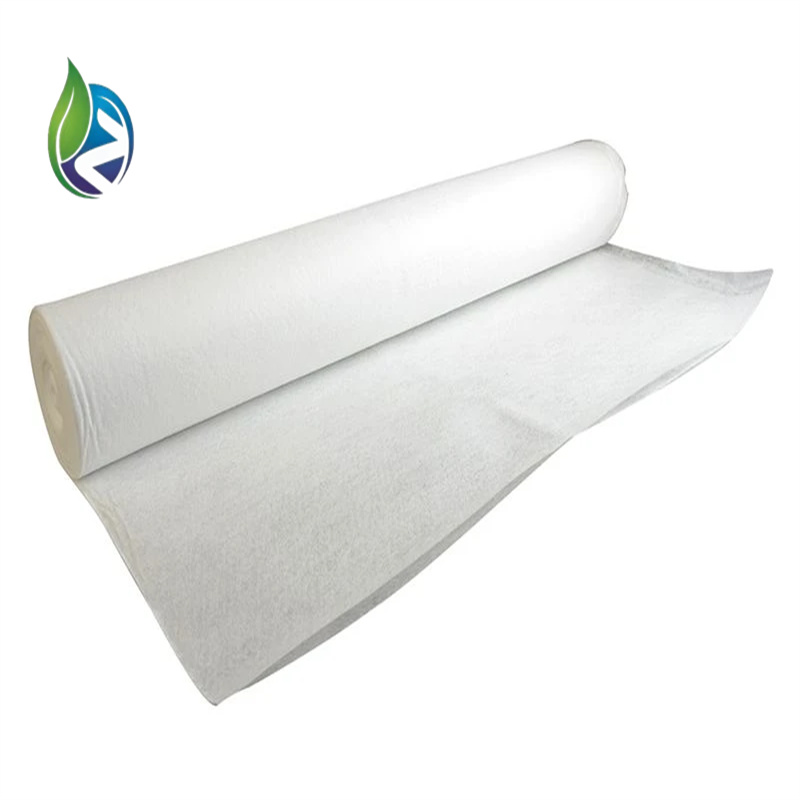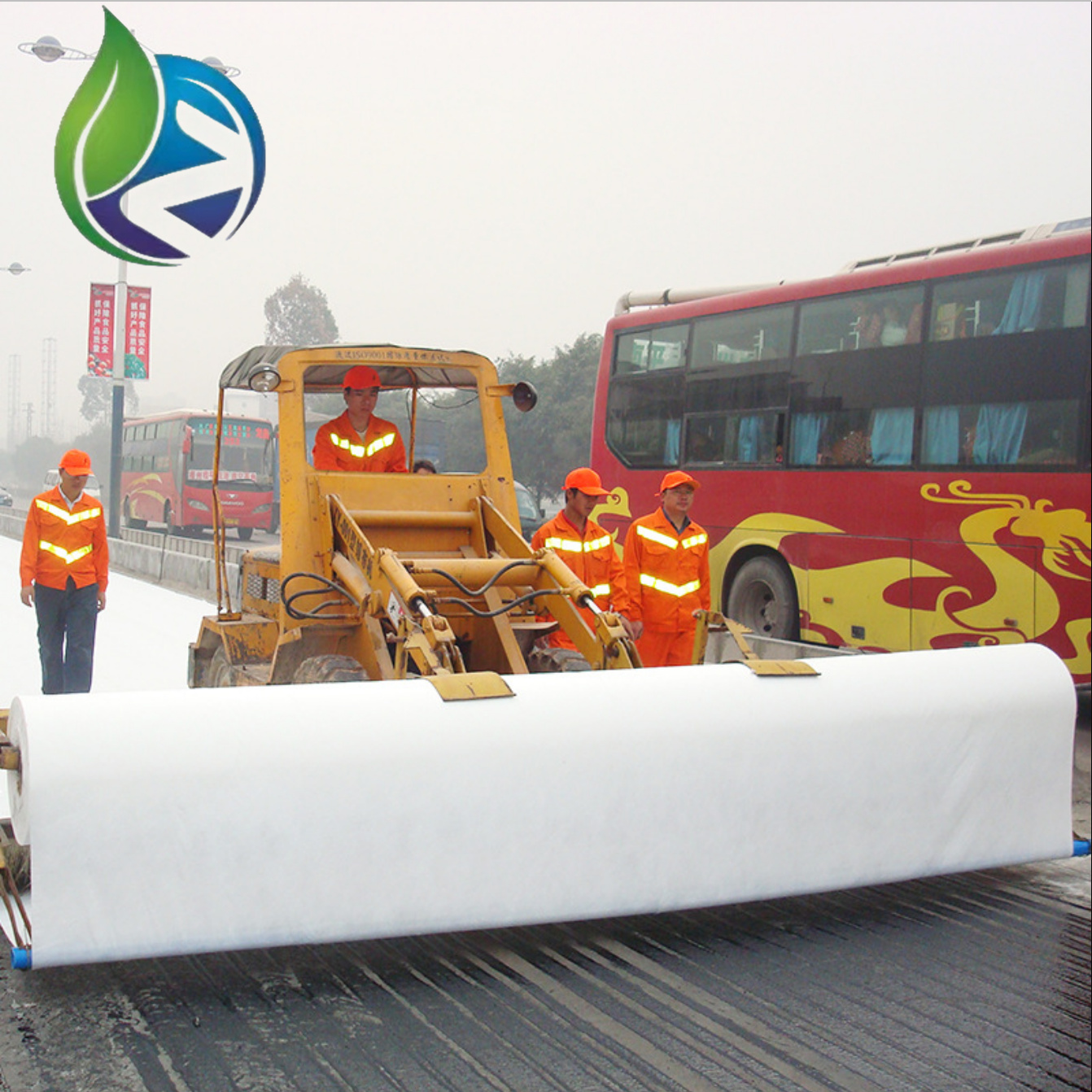Geotextile: Key Advantages and Diverse Application Scenarios
Geotextile: Key Advantages and Diverse Application Scenarios
Introduction
Geotextile materials have become an essential component in modern engineering and construction projects. With their ability to enhance the durability and performance of infrastructure, geotextiles play a critical role in various applications, from road construction and soil stabilization to drainage systems and erosion control. As the demand for sustainable construction solutions grows, geotextile materials offer a versatile, cost-effective solution to address numerous challenges.
In this article, we will explore the key advantages of geotextile materials and their diverse applications across multiple industries. From soil reinforcement to landfill management, geotextiles have proven to be indispensable tools for improving project outcomes and extending infrastructure lifespans. We will also delve into the market trends and factors affecting the geotextile industry, providing a comprehensive overview for international B2B buyers.
Key Advantages of Geotextile Materials
1. Soil Reinforcement and Stabilization
One of the primary uses of geotextiles is soil stabilization. By reinforcing weak soil structures, geotextiles help distribute loads evenly and prevent soil erosion. These materials improve the shear strength of the soil, making them ideal for construction projects such as roadways, railways, dams, and foundations. Geotextiles allow for more efficient load-bearing capacity and long-term stability of soil, which significantly reduces the risk of structural failure.
2. Enhanced Drainage Performance
Another key advantage of geotextiles is their drainage properties. The permeability of geotextile fabrics allows water to flow through while filtering out fine particles, making them ideal for use in drainage systems. Geotextiles are commonly used in landfills, drainage trenches, retaining walls, and stormwater management systems. They help control the flow of water and prevent clogging by ensuring that the water flows through the fabric without carrying soil or debris.
The high permeability of geotextiles also reduces the risk of water accumulation and flooding, which is especially crucial in areas prone to heavy rainfall. Their ability to support drainage while enhancing filtration makes them an indispensable material for water management solutions.
3. Erosion Control
In areas prone to soil erosion, such as riverbanks, coastal zones, or construction sites, geotextiles provide an effective solution for controlling erosion. These materials act as a protective barrier, holding the soil in place while allowing water to pass through. Geotextiles prevent the soil from washing away, even in high-flow water conditions.
Geotextile fabrics are widely used in coastal protection, riverbank stabilization, and slope reinforcement. In addition to preventing soil loss, geotextiles also encourage the establishment of vegetation, which further stabilizes the soil and contributes to long-term erosion control.
4. Cost-Effectiveness
Compared to traditional construction methods, geotextiles offer significant cost savings. Their ability to improve soil stability, drainage, and erosion control allows for faster project completion and lower maintenance costs over time. Using geotextile materials can eliminate the need for costly excavation, soil replacement, or compaction methods, making them an economical choice for large-scale infrastructure projects.
Additionally, geotextiles reduce the need for other construction materials such as gravel or stone, leading to lower overall material costs. Their long lifespan and durability mean that geotextiles are an investable solution for both short-term and long-term projects.
Diverse Applications of Geotextile Materials
1. Construction and Roadworks
Geotextiles are widely used in road construction to stabilize the subgrade and increase the longevity of the roadway. The fabric acts as a separator, preventing soil mixing with the aggregate materials, ensuring better load distribution and reducing the likelihood of roadway cracking or subsidence.
In addition to road construction, geotextiles are also used in railroad tracks, runways, and bridges, providing a strong foundation and preventing structural issues related to soil movement or erosion.
2. Landfills and Waste Management
In the waste management industry, geotextile fabrics are crucial for landfill liners and cover systems. These materials help manage waste by creating a barrier that prevents contamination of the surrounding soil and groundwater. They are used in waste containment systems and ensure that hazardous materials do not leak into the environment.
Moreover, geotextiles are also used in drainage systems within landfills to allow the safe flow of water while preventing the leaching of harmful substances. The durability of geotextiles ensures they remain effective over the long term in demanding landfill conditions.
3. Coastal and Riverbank Protection
Geotextiles play a vital role in coastal engineering and riverbank stabilization. By providing reinforcement and erosion control, geotextiles prevent soil erosion caused by waves, tides, and flooding. They are also used in the construction of revetments, groins, and breakwaters to protect shorelines from environmental damage and reduce the need for costly repairs.
For riverbank restoration, geotextiles are used to prevent sediment loss and encourage the establishment of plant life, further enhancing natural stabilization mechanisms.
4. Agricultural Applications
In agriculture, geotextiles are used for a range of purposes, including weed control, drainage improvement, and soil stabilization in irrigation systems. By using geotextiles, farmers can ensure more efficient water flow and prevent soil erosion caused by heavy rainfall.
These materials also help protect crops from extreme weather conditions and enhance the overall productivity of agricultural land by maintaining soil structure and water retention.
Market Trends and Future Prospects
The global market for geotextile materials is expected to continue growing as industries across the world recognize their benefits. Increasing demand for infrastructure development, erosion control, water management, and sustainable construction are key drivers behind the growth of the geotextile market.
As environmental regulations become stricter, geotextiles are seen as a sustainable alternative to traditional construction materials, further boosting demand. The growing adoption of geosynthetics in large-scale infrastructure projects, such as highways, dams, and landfills, is set to expand the geotextile market in the coming years.
Furthermore, innovations in manufacturing technologies are expected to drive down production costs, making geotextiles more affordable and accessible for a wide range of industries.
Frequently Asked Questions (FAQ)
1. What are the different types of geotextile fabrics?
Geotextiles are available in several types, including woven, non-woven, and knitted fabrics. Each type has specific advantages, such as higher strength, permeability, or flexibility, depending on the application.
2. How do geotextiles improve drainage systems?
Geotextiles improve drainage by allowing water to pass through while filtering out fine particles, preventing clogging. This ensures a more efficient drainage system, reducing the risk of flooding and soil erosion.
3. Can geotextiles be customized for specific projects?
Yes, geotextiles can be customized based on the specific needs of a project, including variations in material strength, thickness, and permeability to meet different construction, drainage, and erosion control requirements.
4. What is the lifespan of geotextile materials?
Geotextiles have a long lifespan, often lasting for several decades, especially when used in stable environments. Their durability ensures minimal maintenance and long-term performance.
Conclusion
Geotextile materials are a versatile and cost-effective solution for a wide range of applications across industries. From improving soil stability in construction to enhancing erosion control and drainage systems, geotextiles offer numerous advantages that improve the efficiency and durability of infrastructure projects.
If you’re looking to enhance your construction or infrastructure project, geotextiles can provide the durability, strength, and cost-effectiveness your project needs. Reach out to us today to explore your options and get a tailored solution for your specific requirements.







